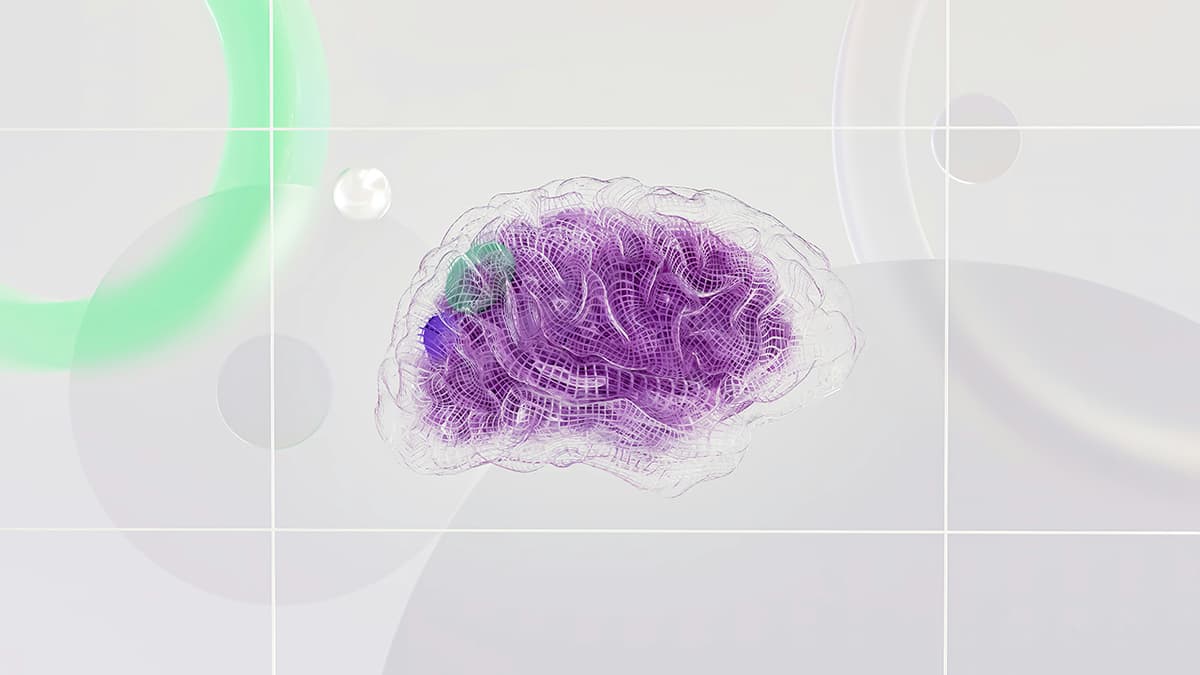How Can You Print an Immutable Linked List in Reverse?
When working with linked lists in programming, it’s common to encounter scenarios where you need to print the elements starting from the last node back to the first. This task becomes interesting especially when dealing with an immutable linked list — a list where nodes cannot be modified after creation. Unlike mutable lists, you cannot simply change pointers, which means your approach must respect the immutability.
Understanding how to reverse print an immutable linked list can be an important skill during technical interviews. Let’s explore what this involves and look at a clear example to help you do this efficiently.
What is an Immutable Linked List?
An immutable linked list is a type of linked list where each node's data and pointers cannot be changed once created. Mutations, such as adding or removing nodes, typically create new lists or nodes instead of modifying existing ones. This trait makes the list safer in concurrent environments and easier to reason about.
Why Print in Reverse?
Sometimes, you need to print elements in reverse order for debugging, displaying history, or certain algorithm implementations. Since immutable lists do not support in-place modification, you cannot simply traverse backwards by modifying pointers like in doubly linked lists.
Common Strategies to Print in Reverse
There are two main ways to print an immutable linked list in reverse:
-
Using a Stack: Push all elements onto a stack during traversal, then pop elements while printing. This method uses extra space proportional to the size of the list but is straightforward.
-
Recursive Approach: Recursively traverse to the end of the list, then print as the recursion unwinds. This is elegant but can lead to stack overflow if the list is very large.
Now, let’s look at a predefined immutable linked list and see how to print its elements in reverse order using these methods.
Example Implementation
Suppose you have an immutable linked list defined as:
Python
Printing in Reverse Using a Stack
Python
This function traverses the list once, pushes each data element onto a stack, then pops and prints each element in reverse order.
Printing in Reverse Using Recursion
Python
In this recursive method, the function calls itself with the next node, reaching the end of the list, then prints each node's data as the call stack unwinds.
Which Method Is Better?
Both methods are easy to implement and understand. The stack-based approach is iterative and safer against stack overflow, suitable for very large lists. The recursive approach is concise and elegant but may cause stack overflow for deeply nested lists.
When working in an environment with constraints on memory or recursion depth, choose the stack approach. For simple or small lists, recursive printing offers clarity with less code.
Printing an immutable linked list in reverse often relies on auxiliary data structures like stacks or recursion because you cannot modify the list in place. Both methods preserve the list's immutability while providing the desired reverse output. Choosing the right approach depends on your specific context and list size, but understanding both will enhance your ability to solve similar questions during interviews.












